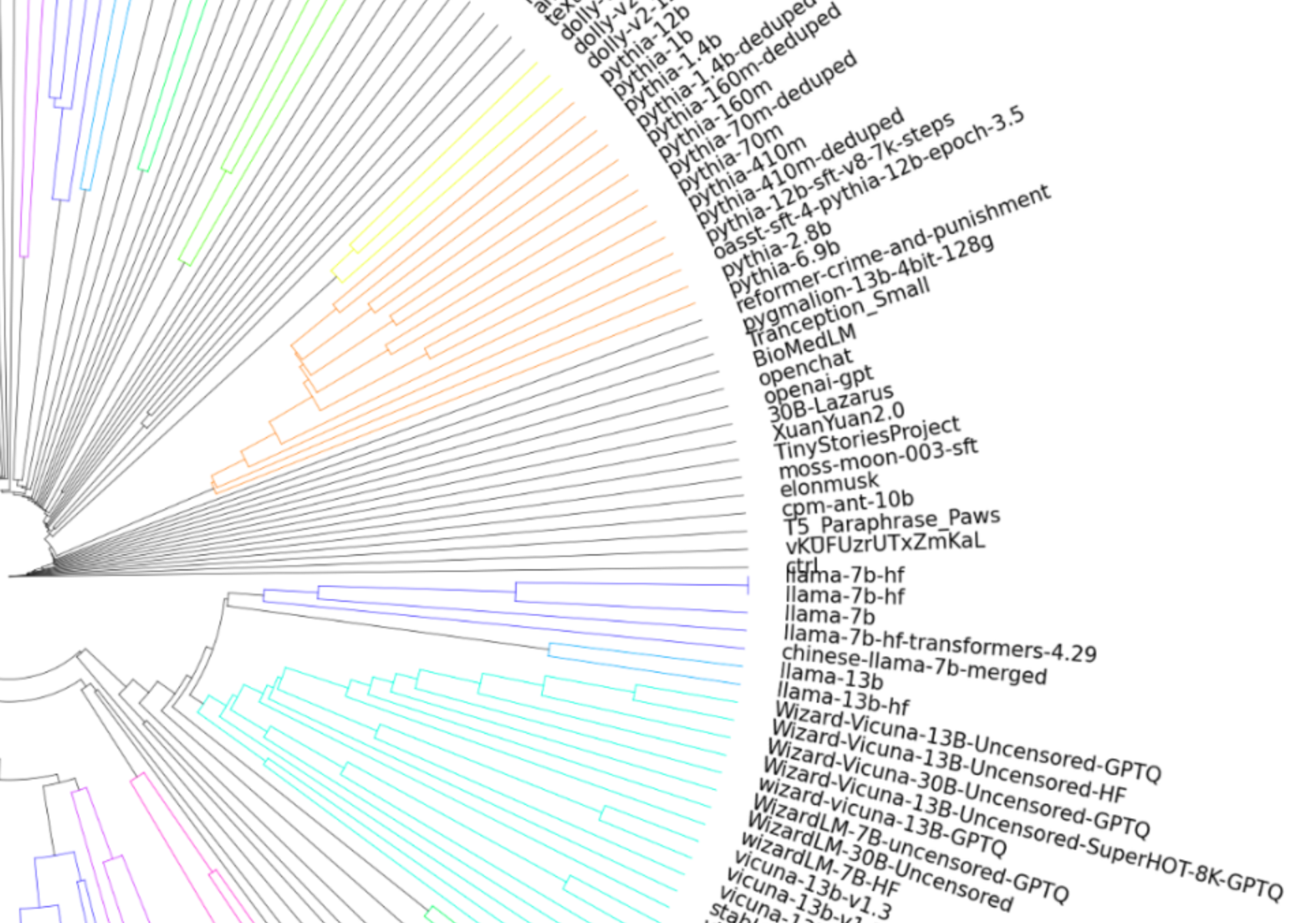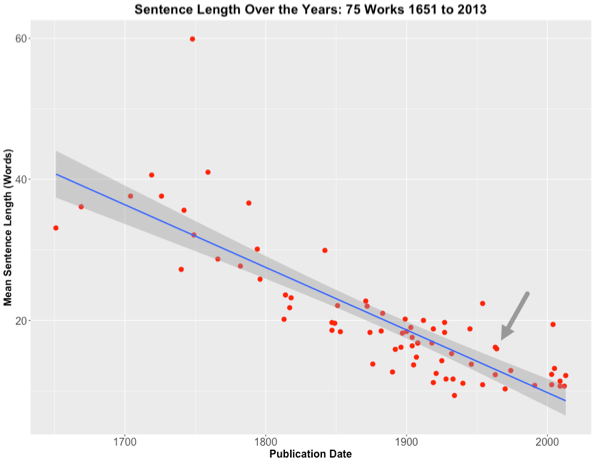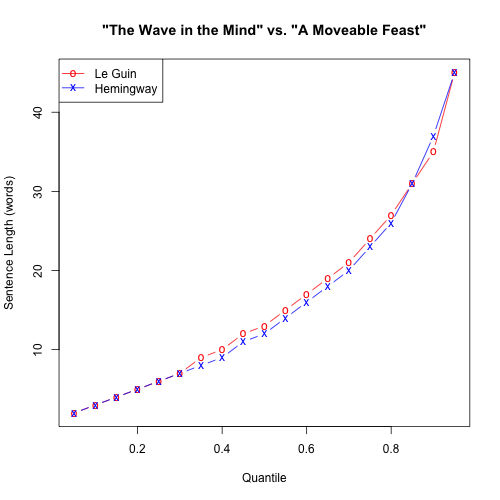Linguistics is a relatively young discipline, formally dating from roughly the mid-19th century. In the study of language, it was preceded by philology, which has hoary roots going all the way back to Pāṇini (520-460 BC) and beyond.
In my own lifetime, until recently I preferred to identify myself as a philologist, but that met with too many dumb stares, so I gave up on that. Now, however, I find that there is a World Philology Union to carry the torch for this venerable profession, so perhaps there's hope for reviving my lost lifework after all.
From the WPU's website:
The World Philology Union (WPU) was founded on 2 December 2021 in Oslo, Norway. The WPU is an international association whose purpose is to promote philology worldwide, in research, education, society and culture.
The first General Assembly of the WPU was held in Rome, 15 December 2022. At the same occasion, the first WPU conference was held, 14–16 December, hosted by the Sapienza University of Rome and ISMEO – The International Association of Mediterranean and Oriental Studies. This conference discussed the current state of philology at universities and other academic institutions worldwide.
…
Read the rest of this entry »



